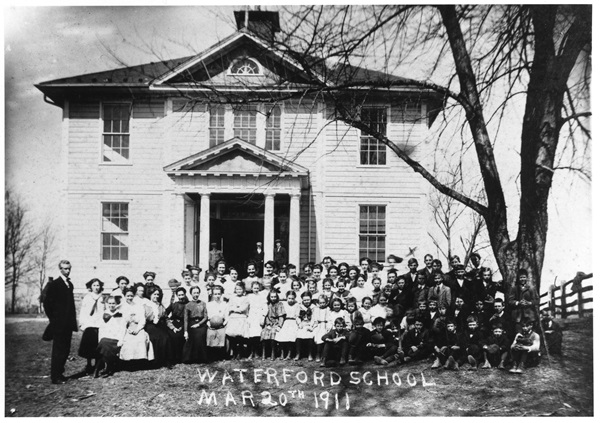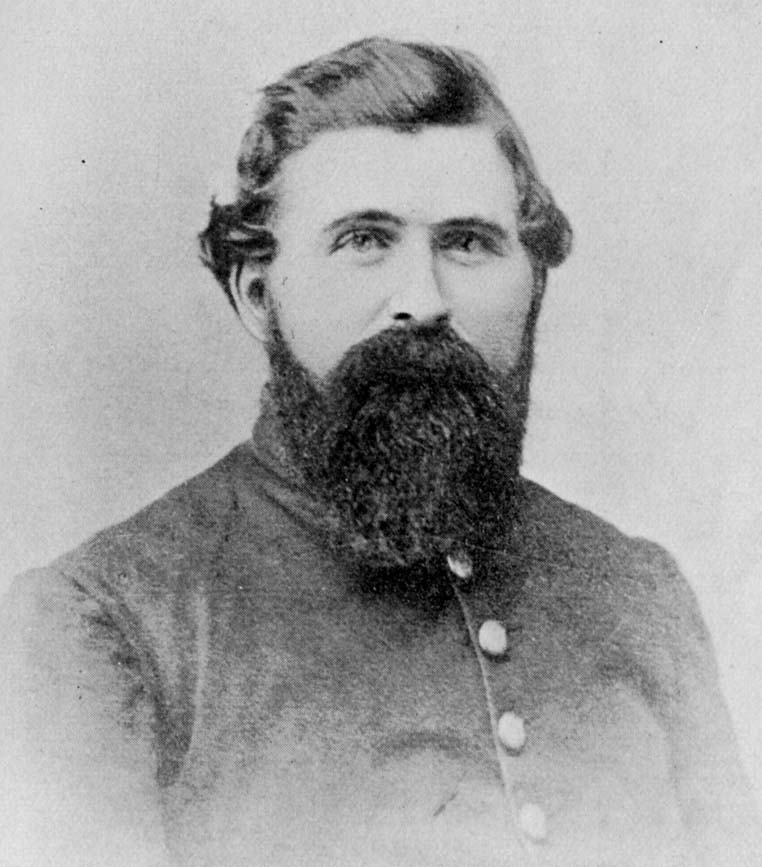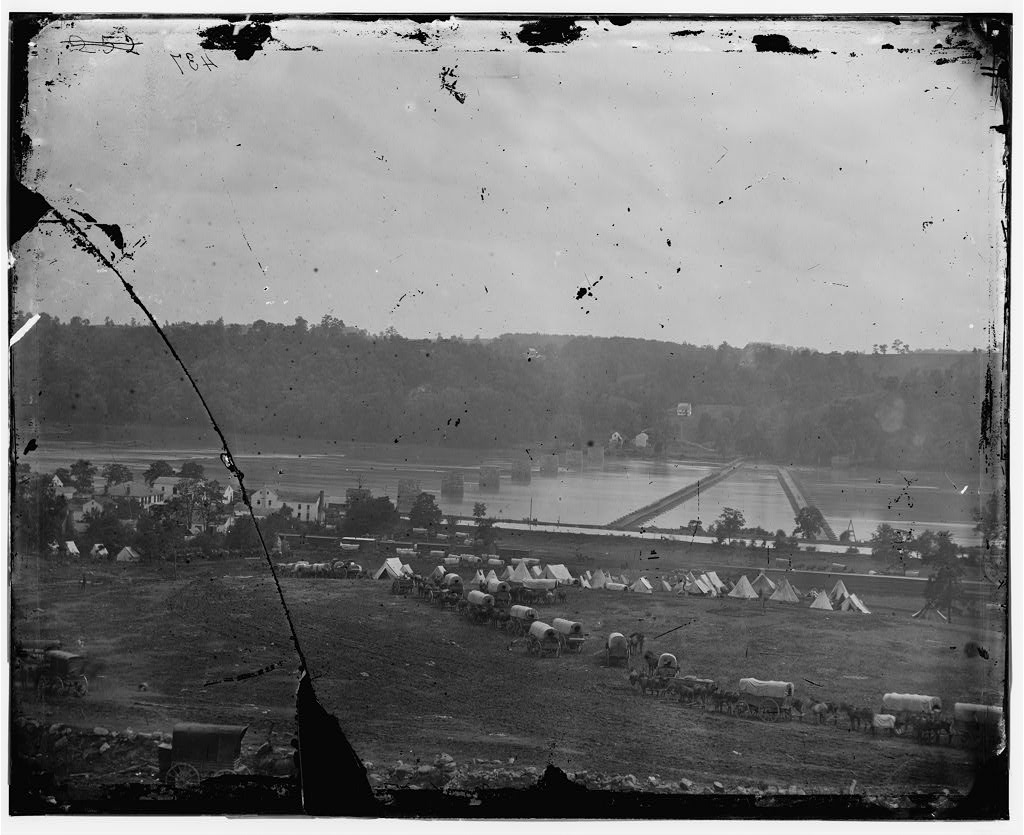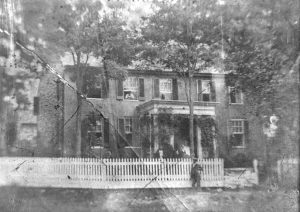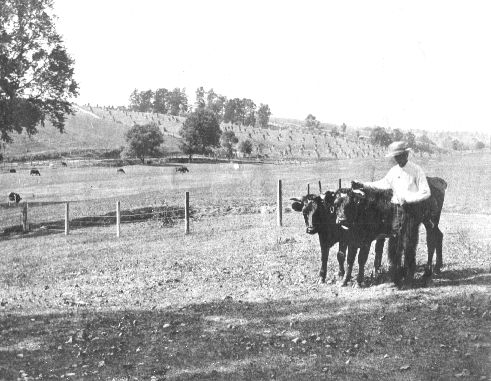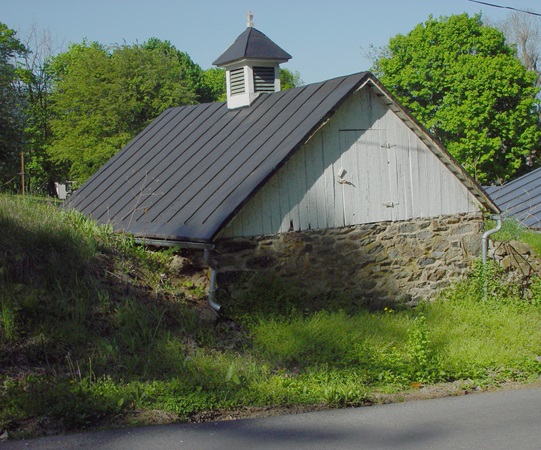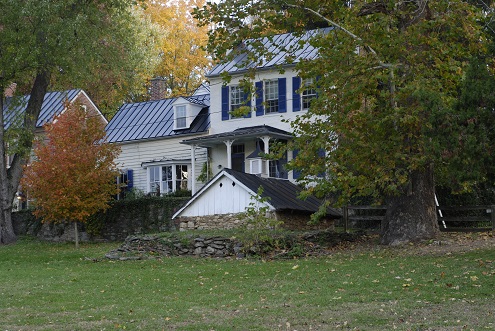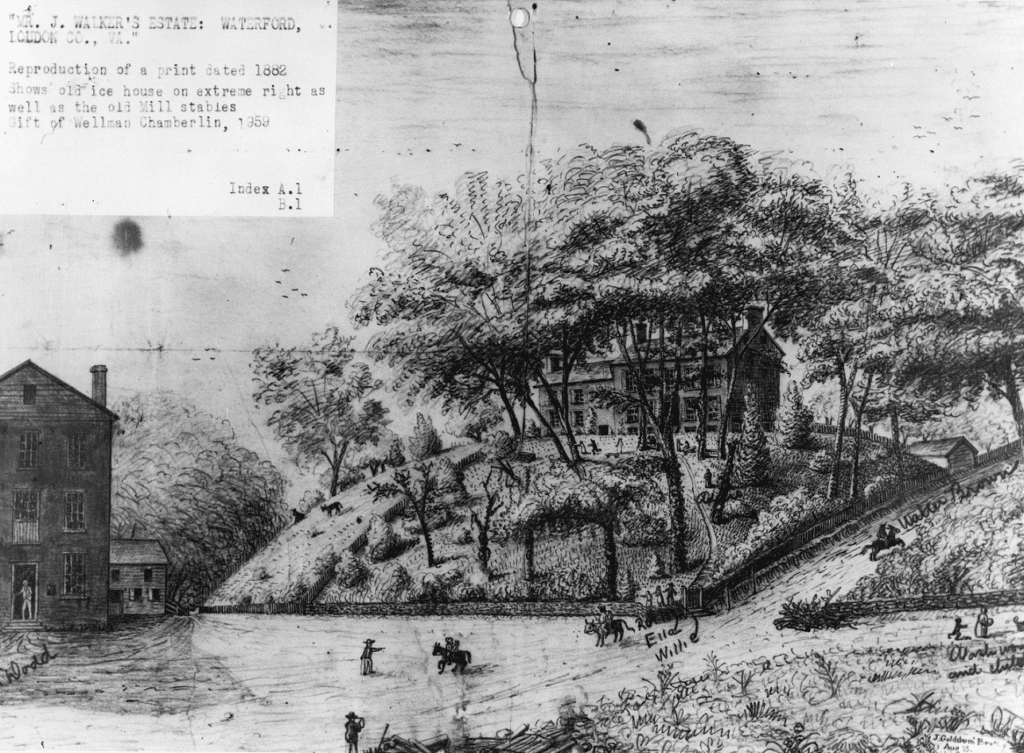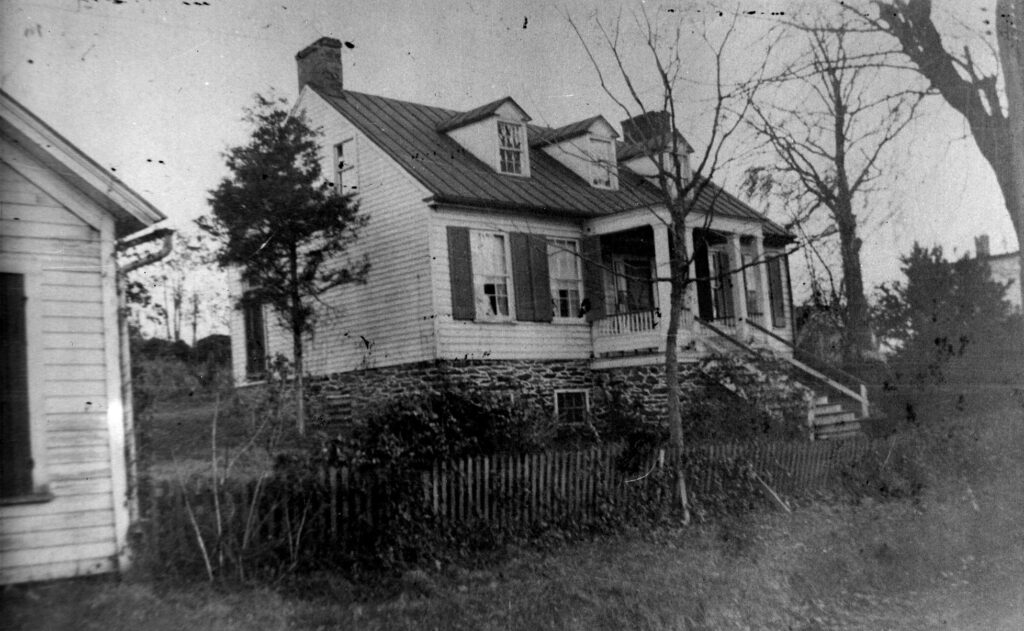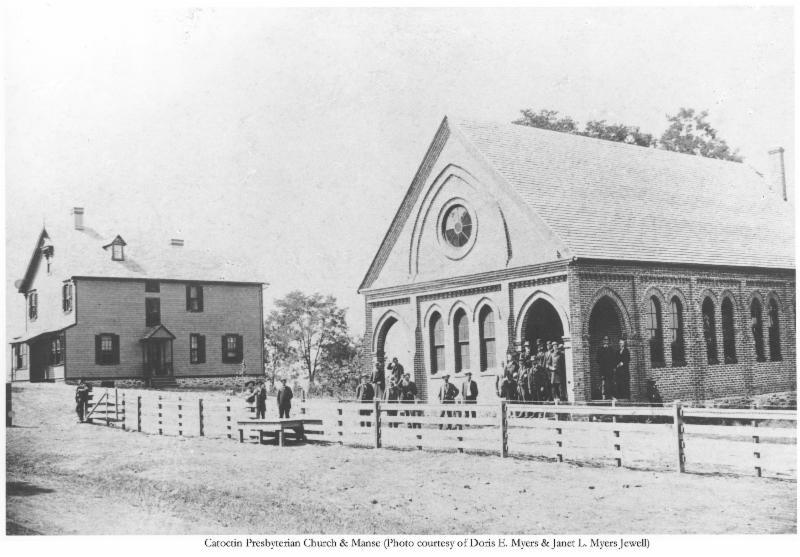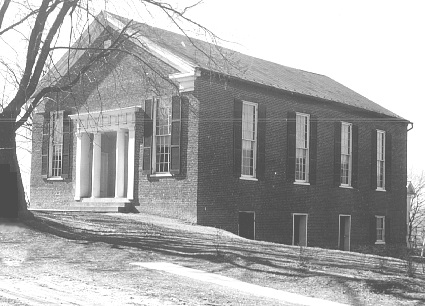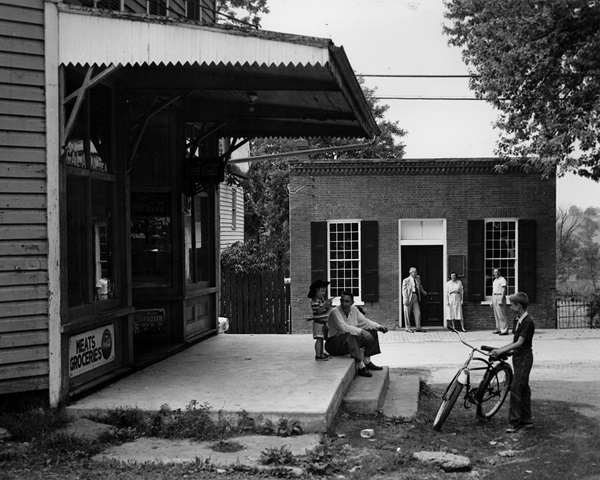While Waterford is now on the edge of bustling Washington, D.C. suburbs, for most of its history the village was a remote rural community. Waterfordians knew how to celebrate holidays with local products supplemented by goods shipped in by the village’s enterprising storekeepers, and businessmen. Before refrigeration, seasonal foods such as oysters were brought in for special occasions. Frank Rinker (1853-1924) ran a butcher shop at 15479 Second Street (The Old Insurance Building) where at Thanksgiving and Christmas he sold oysters, at $6.00 a gallon—a rare delicacy then at that high price. Orders were placed about ten days in advance and they were received a day or two before the holiday. The gallon cans, packed in ice, were shipped up on the railroad to Paeonian Springs. Later, when Minor James got a Model T truck, he would drive to the wharf in Washington and get them. Arthur Jackson, a chauffeur for the Chamberlins, would drive one of them to Florida near the holidays and return with oranges for the family. All the families, black and white, remember extra baking. One family remembered Christmas was the only time of the year they had “store nuts”—the rest of the time they gathered hickory nuts and black walnuts—driving them through an auger hole in a heavy board with a wooden mallet.
Eleanor James, who lived on Bond Street shared a recipe for Christmas Beer in an article for the Times Mirror:
“As soon as Thanksgiving was over, preparations for Christmas began. There was a traditional Christmas drink in Waterford that was made in almost every home; it was called Christmas or Lemon Beer. It consisted of three gallons of warm water, three pounds of sugar, three lemons sliced thru, one yeast cake and twenty hops. You boil the hops (tied in a piece of cloth) for ten minutes. You make this in a five-gallon stone jar. After adding all the ingredients, you stand the jar in a warm place for twenty-four hours to work; stir every once in a while. It will bubble and you can see it is working. Then strain, put in jars and it is ready to drink when cold. Do not use water that has chlorine in it to make this beer. During Christmas holiday visiting, this was the drink most often served to young and old alike. Though all used the same recipe, each tasted differently and “How did your beer turn out this year?” was a question often asked.”
We tend to romanticize the times in the village but people were working hard; times were tight; gifts were handmade and or utilitarian. Nevertheless, there still was a magic there, that John Divine captured in his memories of L.P. Smith’s Christmas store:
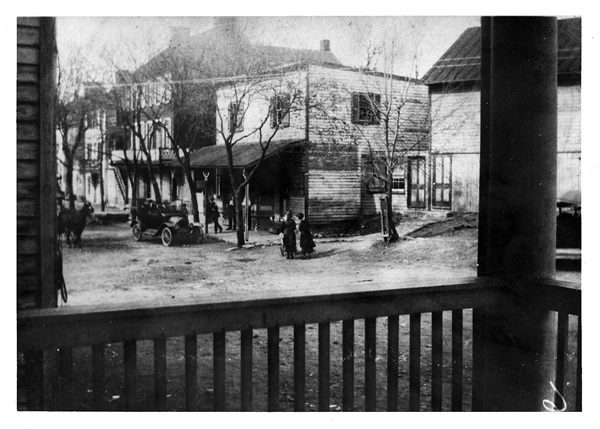
“For several years Mr. Lem Smith rented the closed Paxson’s store during the holiday season and used it as a Christmas store. Oh! What a thrill it was to see so many things near and dear to a little boy’s heart. There were little red wagons, sleighs and tricycles, then, for the girls, dolls and games. No mall today can give the pleasure of that little Christmas store. When the holiday was over, there were no after-season sales. Mr. Smith simply packed everything away and set it out again the next year to thrill us all over again.”
Find this and other Waterford stories in When Waterford and I Were Young, by John Divine with John and Bronwen Souders.
